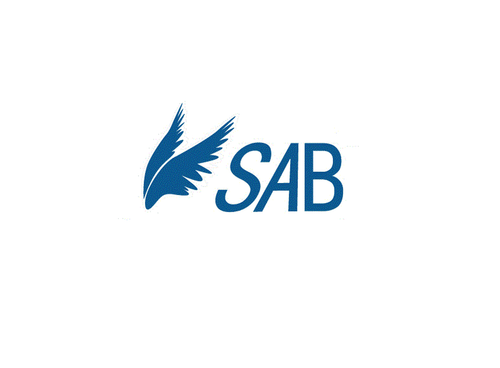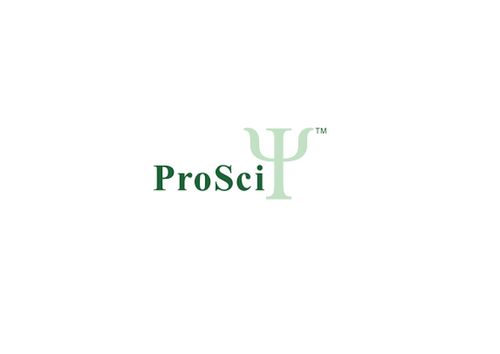Product Description
FOXG1 Antibody | 8089 | ProSci
Host: Rabbit
Reactivity: Human, Mouse, Rat
Homology: Predicted species reactivity based on immunogen sequence: Chicken: (100%)
Immunogen: FOXG1 antibody was raised against an 18 amino acid peptide near the center of human FOXG1.
The immunogen is located within amino acids 160 - 210 of FOXG1.
Research Area: Neuroscience, Stem Cell
Tested Application: E, WB, IF
Application: FOXG1 antibody can be used for detection of FOXG1 by Western blot at 1 - 2 μg/ml. For immunofluorescence start at 20 μg/mL.
Antibody validated: Western Blot in rat samples and Immunofluorescence in mouse samples. All other applications and species not yet tested.
Specificiy: FOXG1 antibody is human, mouse and rat reactive.
Positive Control 1: Cat. No. 1463 - Rat Brain Tissue Lysate
Positive Control 2: N/A
Positive Control 3: N/A
Positive Control 4: N/A
Positive Control 5: N/A
Positive Control 6: N/A
Molecular Weight: Predicted: 54 kDa
Observed: 54 kDa
Validation: N/A
Isoform: N/A
Purification: FOXG1 antibody is affinity chromatography purified via peptide column.
Clonality: Polyclonal
Clone: N/A
Isotype: IgG
Conjugate: Unconjugated
Physical State: Liquid
Buffer: FOXG1 antibody is supplied in PBS containing 0.02% sodium azide.
Concentration: 1 mg/mL
Storage Condition: FOXG1 antibody can be stored at 4˚C for three months and -20˚C, stable for up to one year.
Alternate Name: Forkhead box G1, Brain factor 1, Brain factor 2, BF1, BF2, FKH2, FKHL1, FKHL2, FKHL3, FKHL4, Forkhead box protein G1, FOXG1A, FOXG1B, FOXG1C, HBF-1, HBF2, HBF-3, HBF-G2, HFK1, HFK2, HFK3, KHL2, QIN
User Note: Optimal dilutions for each application to be determined by the researcher.
BACKGROUND: FOXG1 belongs to the forkhead family of transcription factors which is characterized by a distinct forkhead domain and plays an important role in the development of the brain and telencephalon (1) . It is essential for the proliferation of progenitor cells in the cerebral cortex and influences regional patterning in the mammalian telencephalon (2, 3) . Expression is restricted to the neurons of the developing telencephalon (3) . The loss of FOXG1 results in an accelerated rate of neuronal differentiation and the shortening of the neurogenetic period in the embryonic cerebral cortex (2, 4) .
 Euro
Euro
 USD
USD
 British Pound
British Pound
 NULL
NULL














